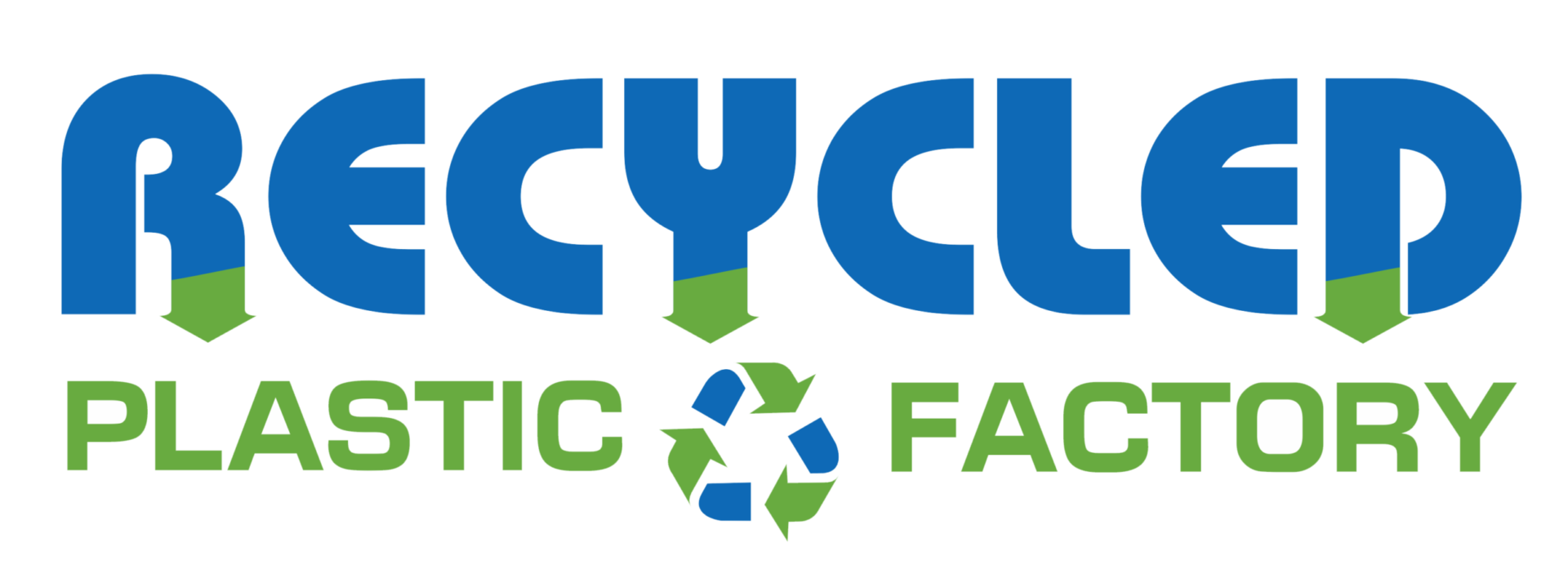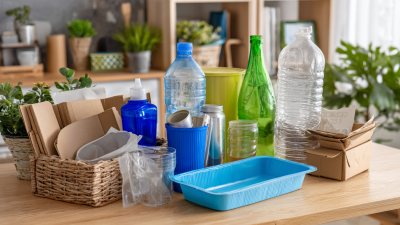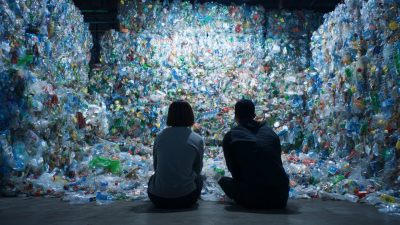How to Transform Recycled Plastic Materials into Innovative Eco Friendly Products
The global shift towards sustainability has catalyzed a significant interest in the potential of recycled plastic materials to create innovative eco-friendly products. According to a report by the Global Recycling Foundation, approximately 300 million tons of plastic waste are generated each year, and currently, less than 10% of this is recycled. This alarming statistic highlights the urgent need to transform our approach to plastic usage and waste management. By harnessing recycled plastic materials, industries can not only reduce their ecological footprint but also tap into a growing market that values sustainable practices. A study by Smithers Pira estimates that the market for recycled plastics is expected to reach $65 billion by 2024, showcasing a promising opportunity for businesses to innovate while contributing to environmental preservation. In this context, exploring methods to effectively transform recycled plastic materials into functional, appealing products is not only beneficial for the planet but also a potential economic boon for companies willing to invest in eco-friendly solutions.
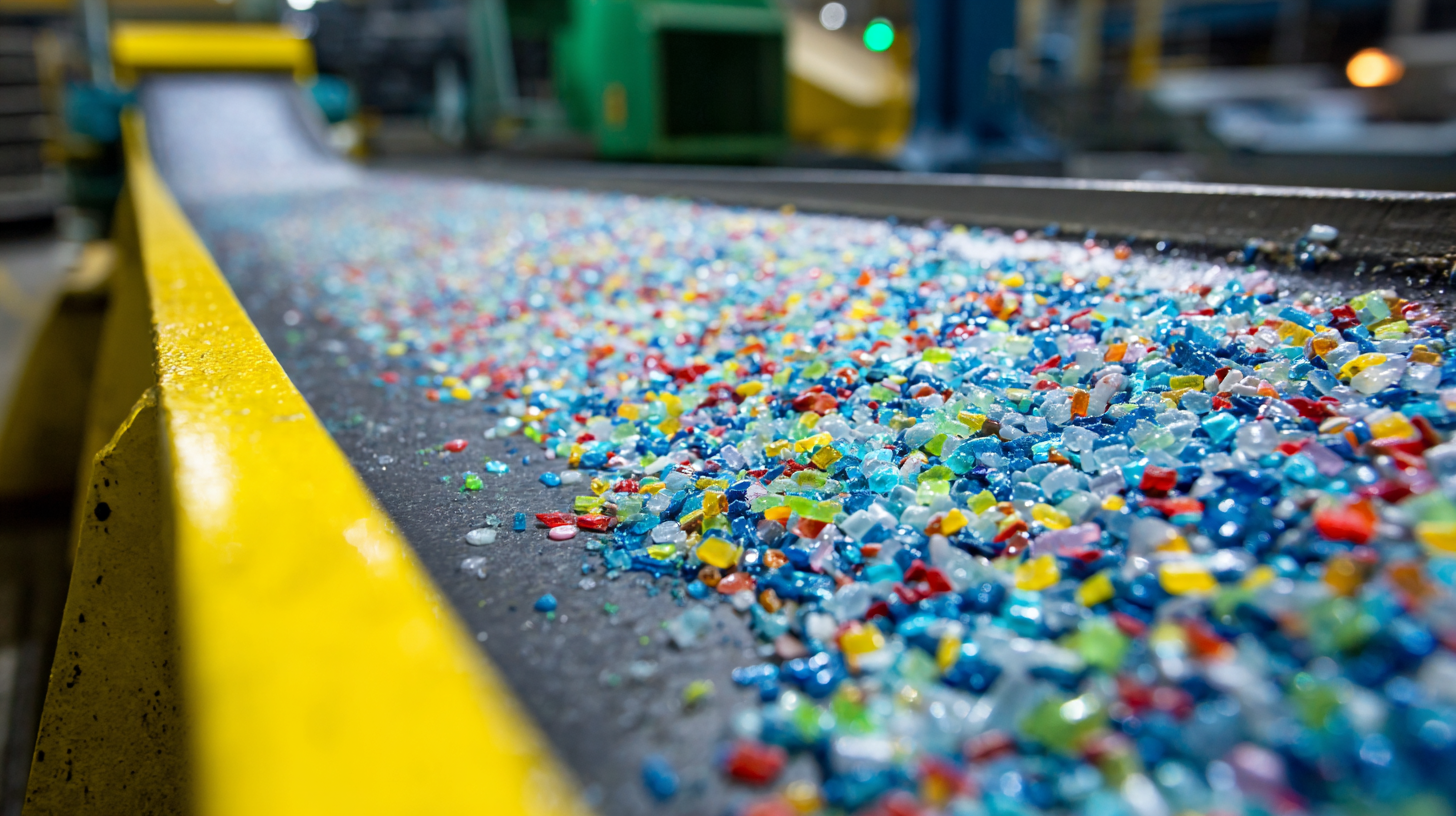
Understanding the Properties and Types of Recycled Plastics for Innovative Use
Recycled plastics come in various types, each with unique properties that make them suitable for different applications. The most common types include polyethylene (PET), polypropylene (PP), and high-density polyethylene (HDPE). PET, often found in beverage bottles, is known for its strength and recyclability, making it ideal for producing fibers for clothing or insulation materials. PP is lighter and more flexible, frequently used for food containers and automotive parts. These characteristics open up numerous avenues for innovative designs in eco-friendly products.
Understanding the properties of these recycled plastics is crucial for successful transformation into new products. For instance, the ability of PET to withstand high temperatures allows it to be used effectively in kitchenware, while the flexibility of PP can be harnessed in the production of reusable bags. Additionally, the environmental impact of using recycled materials over virgin plastics significantly reduces waste and energy consumption. By leveraging such properties, designers and manufacturers can create not only functional but also sustainable products that contribute to a circular economy.
Identifying Eco-Friendly Product Ideas from Recycled Plastic Materials
Transforming recycled plastic materials into innovative eco-friendly products involves identifying viable product ideas that resonate with sustainability goals. Recent trends indicate a significant shift in consumer preferences, with a growing demand for items made from recycled plastics. According to industry reports, the global market for recycled plastics is projected to reach over $50 billion by 2028, underscoring the potential for businesses to tap into eco-friendly product ideas derived from waste materials.
Some promising product concepts include eco-friendly packaging solutions and household goods. Sustainable packaging is designed to minimize environmental impacts, and innovative companies are already leveraging recycled plastic to create packaging that is not only functional but also aesthetically appealing. Additionally, upcycling initiatives are emerging, where waste is transformed into new products, such as stylish home decor or durable textiles. With the rise of circular economy models, products designed to be easily recyclable further enhance the sustainability journey, driving both consumer interest and brand loyalty in an eco-conscious market.
How to Transform Recycled Plastic Materials into Innovative Eco Friendly Products
| Product Idea | Material Used | Potential Benefits | Target Market | Estimated Price |
|---|---|---|---|---|
| Recycled Plastic Raincoats | Post-consumer PET bottles | Water-resistant, lightweight, sustainable | Outdoor enthusiasts, eco-conscious consumers | $50 - $80 |
| Plastic Lumber for Decking | Recycled HDPE containers | Durable, rot-resistant, requires no maintenance | Homeowners, builders, landscapers | $5 - $10 per linear foot |
| Eco-Friendly Tote Bags | Recycled polypropylene plastic | Reusable, lightweight, can carry heavy loads | Shoppers, eco-conscious consumers | $10 - $20 |
| Plastic Container Gardening Pots | Recycled beverage bottles | Lightweight, available in various sizes, easy to handle | Gardeners, horticulturists | $3 - $8 |
| Recycled Plastic Furniture | Recycled mixed plastics | Stylish, durable, weather-resistant | Homeowners, restaurants, parks | $100 - $300 |
Step-by-Step Guide to Processing Recycled Plastics for Product Design
 Transforming recycled plastic materials into innovative eco-friendly products involves a systematic approach, beginning with the collection and sorting of plastics. This step is crucial as different types of plastics have different properties and recycling processes. After gathering the suitable materials, the plastics must be cleaned thoroughly to remove any contaminants or residues. This ensures the integrity and quality of the final product.
Transforming recycled plastic materials into innovative eco-friendly products involves a systematic approach, beginning with the collection and sorting of plastics. This step is crucial as different types of plastics have different properties and recycling processes. After gathering the suitable materials, the plastics must be cleaned thoroughly to remove any contaminants or residues. This ensures the integrity and quality of the final product.
Once cleaned, the plastics are processed by shredding them into smaller flakes, which can then be melted down. This melting process allows for easier manipulation and reforming into desired shapes. At this stage, designers can incorporate various additives to enhance characteristics such as durability, flexibility, or color. Finally, the molten plastic is molded or extruded into new products. By following these steps, manufacturers can sustainably reuse plastic waste, creating innovative solutions that benefit both the environment and consumers.
Techniques for Enhancing Durability and Functionality of Recycled Plastic Products
The durability and functionality of recycled plastic products can be significantly enhanced through various innovative techniques. One effective method is the incorporation of additives during the recycling process. These additives can improve the mechanical strength and thermal stability of recycled plastics, making them more resilient to wear and tear. For instance, using mineral fillers such as talc or calcium carbonate can boost the rigidity of the plastic, while impact modifiers can help maintain performance under stress.
Another approach is to employ advanced processing technologies, such as extrusion and injection molding, which allow for better control of material properties. By optimizing processing parameters, manufacturers can ensure a uniform product that meets specific performance requirements. Additionally, techniques like co-extrusion can enable the creation of multi-layered products, combining the benefits of different types of plastic for improved functionality. This strategic blending not only enhances the durability of the final product but also promotes the versatility of recycled plastics in various applications.
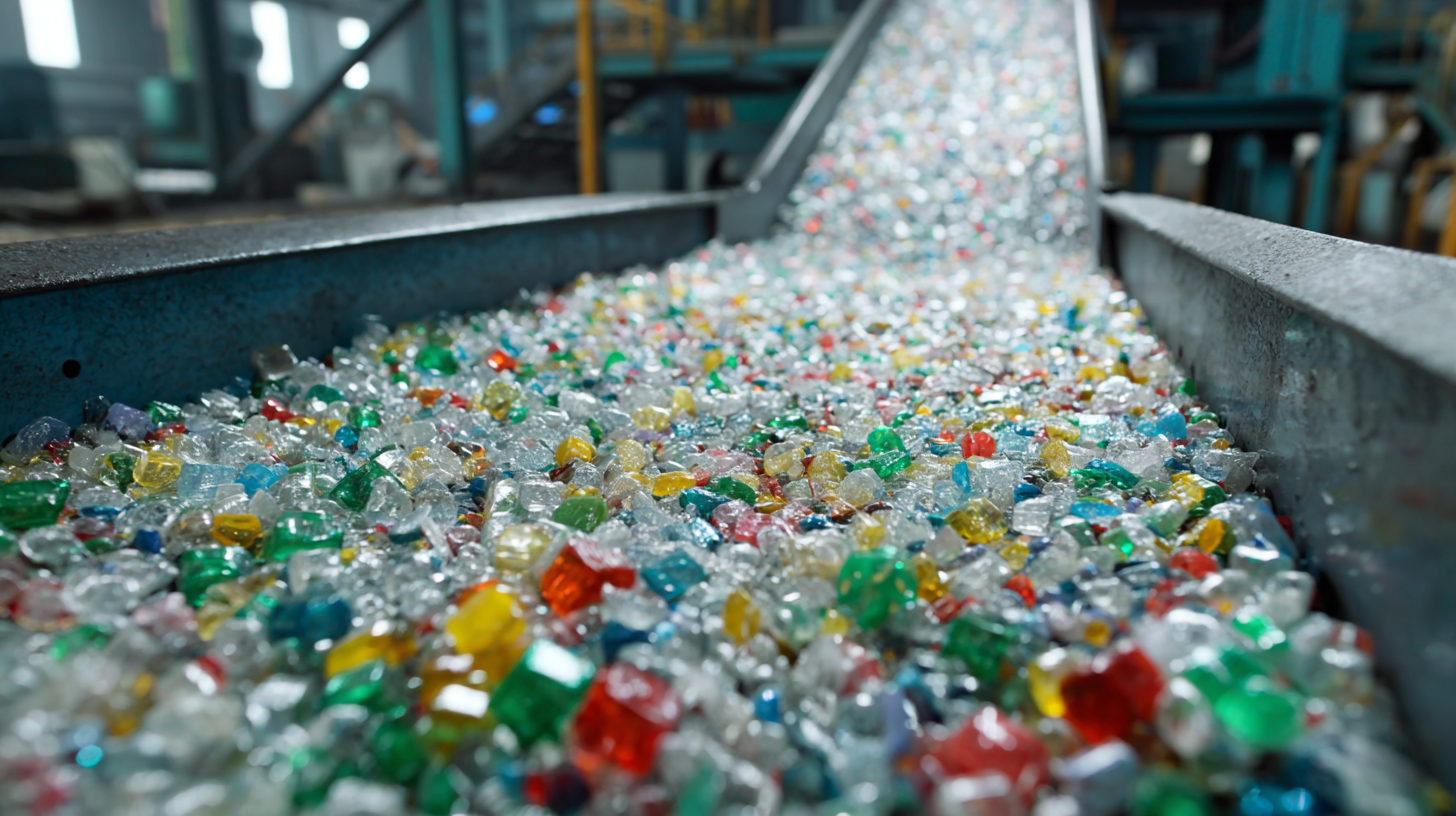
Marketing Strategies for Promoting Eco-Friendly Innovations from Recycled Materials
With the growing awareness of environmental issues, marketing strategies for promoting eco-friendly innovations derived from recycled materials have become crucial. According to a 2023 report by McKinsey & Company, the demand for sustainable products is projected to grow by 20% annually, showcasing a significant shift in consumer preferences. Brands that focus on transparency and sustainability in their messaging see higher loyalty rates among eco-conscious consumers, with 70% of them willing to pay a premium for green products.
One effective marketing approach is storytelling. By sharing the journey of how recycled materials transform into innovative products, brands can create an emotional connection with consumers. Highlighting statistics—such as the fact that recycling one ton of plastic can save 7.4 cubic yards of landfill space—can bolster credibility and inform consumers about their positive impact. Additionally, engaging consumers through social media campaigns that feature user-generated content can amplify brand reach and foster a community around sustainable practices.
**Tips**:
1. Use visual content showcasing the recycling process—before and after comparisons can be particularly impactful.
2. Implement loyalty programs that reward eco-friendly purchases to encourage ongoing consumer engagement.
These strategies not only promote eco-friendly innovations but also position brands as leaders in sustainability within their industries.
